Competition and the US Auto Industry: The View From 1992

Few experts would have predicted that an all new American car could have matched the first year reliability of the Toyotas and Hondas, the best of the Japanese. Yet General Motors’ Saturn did just that, according to the April Consumer Reports.
On top of that, the car has all the practical appeal of the old Volkswagen Beetle. The plastic body panels are built to take parking lot abuse without denting or scratching. But damaged panels can be replaced easily and inexpensively. How many people does it take to change a headlight on a Saturn? Just one, and it’s as easy as changing a lightbulb.
Although the rest of the U.S. fleet lags behind the Japanese in quality, repair problems among the Big Three declined steadily during the 1980s, according to last year’s annual auto issue of Consumer Reports.
How ironic, then, that Democratic congressional leaders keep trying to restrict imports and even U.S.-built Japanese makes. Here the curtain has fallen on communism, and still they don’t understand that competition, that driving force behind capitalism, is actually working, just like the textbooks say it should, to improve the quality of U.S. cars.
Take it from then-GM chairman Roger Smith, who had this to say when he announced the Saturn in 1985: “Saturn… is our… project to develop and produce an American-made small car that will be fully competitive with the best of the imports.”
The proof: American cars are overtaking European cars in reliability, and they will have left them in the dust by the end of the decade, predict the MIT-based authors of “The Machine that Changed the World”, a highly readable account of what Japan’s so-called lean production means for the global auto industry. The reason is that while competition has forced the US automakers to study the ways of Nippon, the protected Europeans have stuck their heads in the sand.
Lean production is conducive to quality in ways that conventional mass production is not. And for auto workers, it replaces the mind-numbing tasks of mass production with responsibility and challenge. These advantages are synergistic.
The differences between the two production methods are readily apparent on the assembly line. In mass production, the line keeps moving come hell or high water. Defects frequently multiply as one misaligned part prevents others from fitting properly. At the end of the line, there is a large area where defective cars are rebuilt. This kind of waste the Japanese call muda, a word that encompasses materials, effort, and time. In lean production, a worker who spots a defect stops the line. The rest of the workers gather to figure out why the defect happened and what can be done to prevent recurrence.
Another advantage of lean production is that new models and technology can be developed much more rapidly than under mass production. That’s one reason you don’t hear Japanese car makers complaining every time Congress proposes some new environmental, safety, or mileage regulation.
Had Chrysler gone lean after the bailout, Lee Iacocca could have adopted higher standards for his cars before Congress could have thought to ask for them. Chrysler might even have been able to develop a car that could have captured Americans’ imaginations. Then poor President Bush never would have tossed his cookies all over the Japanese prime minister.
The unfairly maligned U.S. auto workers have proven that under lean production they can produce outstanding quality. US-built Toyotas and Hondas match the quality of their Japanese-built twins, and the first year record of the Saturn is a credit to the United Auto Workers’ members who assemble it.
U.S. automakers have gradually been adopting lean production methods: Ford since 1983, and GM and Chrysler as of the last few years. The Saturn has been lean from the ground up. But changing production methods is tantamount to changing the entire corporate culture of the auto companies. Despite the revolt that has taken place at the top of GM, there is plenty of resistance to change of any sort within the vast bureaucracies of each of the Big Three.
To limit the competition would be to condemn Americans to driving mediocre cars.

I'm a freelance journalist covering science, medicine, and automobiles.
More by David C. Holzman
Latest Car Reviews
Read moreLatest Product Reviews
Read moreRecent Comments
- Doc423 Come try to take it, Pal. Environmental Whacko.
- 28-Cars-Later Mazda despite attractive styling has resale issues - 'Yota is always the answer.
- 28-Cars-Later Try again.
- Doc423 It's a flat turn, not banked, which makes it more difficult to negotiate, especially if you're travelling a little too fast.
- Jeff “So, the majority of our products are either ICE vehicles or intended to utilize those multi-energy platforms that we have. This is a great opportunity for us, compared to our peers, having the multi-energy platforms for all of our products in development and having the agility to move between them,” she said. From what is stated about the next generation Charger it will be released as a 2 door EV and then as a 4 door with the Hurricane turbo straight 6. I assume both the 2 door and 4 door is on the same platform.




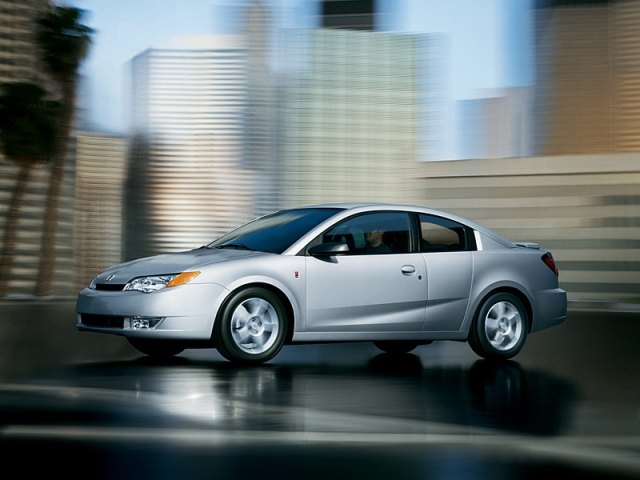















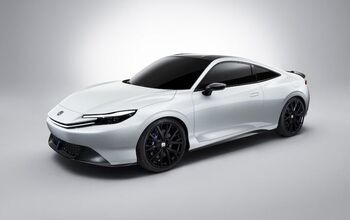
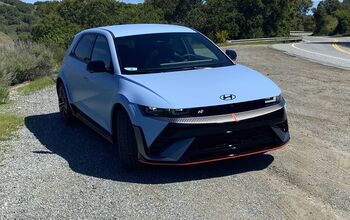
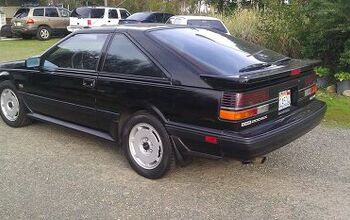
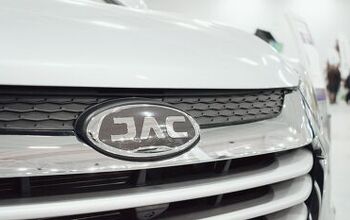

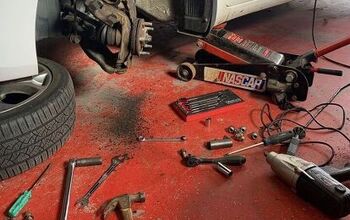




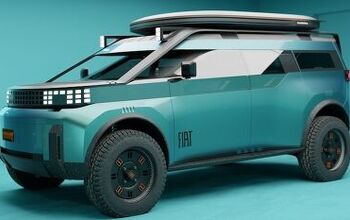
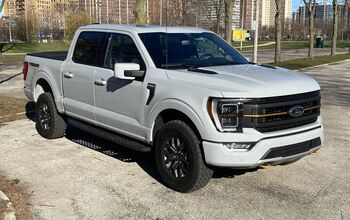
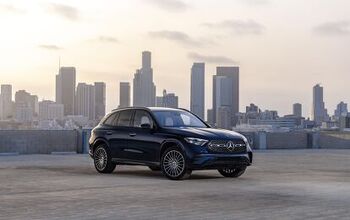
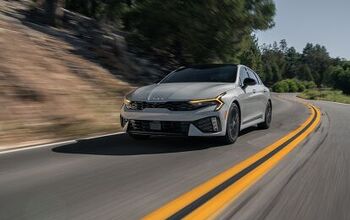

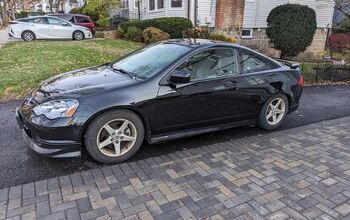

Comments
Join the conversation
Articles and threads like this are why I love this site. Excellent points made by all those above. Allow me to take a slightly different perspective as one who spends most of his time under the hood. As a mechanic and service manager on and off for the past 29 years, I never minded working on the S-series cars. Brake repairs reminded me of the pleasures of working on my first Honda. I did a clutch in an base-model S-Series without even removing the transmission (I pulled it away from the engine to discover there was so much room in the engine bay that I didn't have to lower it out of the car to unbolt the pressure plate!). Never had odd electrical problems, or hard-to-diagnose faults. Of course, the car was a penalty box to drive. You felt like you were lowering yourself into a kayak getting in, you felt like you could fit under most of the other cars on the road for how low you sat, and one reason there were no NVH complaints from customers was that EVERYTHING rattled. That being said, I can't help but wonder if Saturn would have succeeded better than it did and left a longer-lasting legacy if they had been introduced when gas prices were high, rather than the genesis of the SUV craze when they were. Here in Pennsylvania where diabolical mad scientists at the department of transportation came up with acidic brine to spray on the roads for ice control, Saturns still look good on the road given their plastic body panels while even cars with single-digit ages now feature serrated fenders. I wish some of the simplicity of these cars still appealed to car buyers. It would make life a lot easier for mechanics, who now spend more time updating software than performing maintenance.
I worked for the Saturn corp from 1991-1999, I also owned a number of the cars and bought my company '99 SL2 5-speed when I left. I never had a warranty issue with that car, by the way. A few thoughts: I rarely encountered a company where so many employees and customers were so sincerely passionate about what they were doing. I worked in Spring Hill for a few years and then out in the field, attended both of the Homecoming events, and was even involved in the servicing and sales process for the EV1, which many have forgotten was distributed through Saturn shops. I expect that Saturn was picked for this EV a few reasons, including the fact that the brand was one of the only GM nameplates with a strong presence in California, the customer service experience was superior, the dealers were more willing to train their sales and service teams, and, frankly, because none of the GM divisions would touch it. We really did focus on changing the way the whole car buying and owning experience could be better, and I think the whole dealership experience across the industry is different today as a result. Years later, my Saturn dealer maintenance experience at was still vastly superior to what I experienced with my BMW that cost 4x as much. On the downside, we always did lament that we had the great dealer and customer service experience but never had the best products to go along with it. The cars weren't "bad" from a quality perspective, but remember that we had essentially the SAME products to sell from 1991 when I started well past 1999 when I left. I think Honda had three generations of the Civic during that time. The SL series got some updates, but some of them were for cost-cutting reasons. The interior design that came out in 2000 was horrendous, for example. The sporty Recaro-like seats from the early cars went away by 1996, etc. I left shortly before the L-series launched (to return to school to get my masters degree) and I think the underwhelming response that car got when it was introduced to our dealers helped me to rationalize my decision to leave. I also recall one meeting around the same time where I and some of my colleagues were invited to a gathering of all of the GM division sales and service teams. Of course, we were a bunch of 20-somethings wearing Saturn-branded polo shirts and I vividly remember a 50-something guy in a blue suit with a Pontiac lapel pin looking at us in the lobby of the hotel and rhetorically asking "What the f*** are you guys doing here? You aren't a part of GM." Despite being a subsidiary of GM rather than a division (at the time), we were still required to use Delco electronics, so our stereo systems were weak. Delco alternators were one constant weak point, and the company was slow to add airbags and kept those ridiculous motorized from shoulder belts until the redesign in 1995. I suspect our internal costs were higher than they would have been had we been able to shop outside of the GM family. There was also a major change in attitude at the company after Skip LeFauve (the president during my tenure) left. Saturn took a beating in the press because they had a lot of recalls during his time there. But, these often affected a very small number of cars because the issues were identified and addressed very quickly. After Skip, issues seemed to linger, dealers (sorry, "retailers") started to feel like they were left to blow in the wind rather than do what was right for the customer and ask questions later. The feeling at the factory was similar, and subsequent leadership neither walked the talk nor were willing to stick their necks out to fight for what would have been better long-term business decisions. I invested 8 years at the company and leaving when I did was, sadly, the best move. People who stayed, both represented or not, often just got the shaft when the brand was folded back into GM. Remember, these were often the most risk-taking and forward-thinking folks at GM who, in the early days, literally had to leave GM and give up a lot of perks and seniority to move to the upstart company. The biggest failure at GM wasn't to start the company, rather, I think it was the "us vs. them" mentality that kept them from taking the ideas generated there and using them to improve the rest of the corporation. I can't imagine anyone at the top of GM ever actually thought Saturn would be profitable on its own, certainly not only selling small cars. It was a skunk-works to try new ideas, manufacture differently, retail differently, and this was seen as a threat to the established bureaucracy at GM.